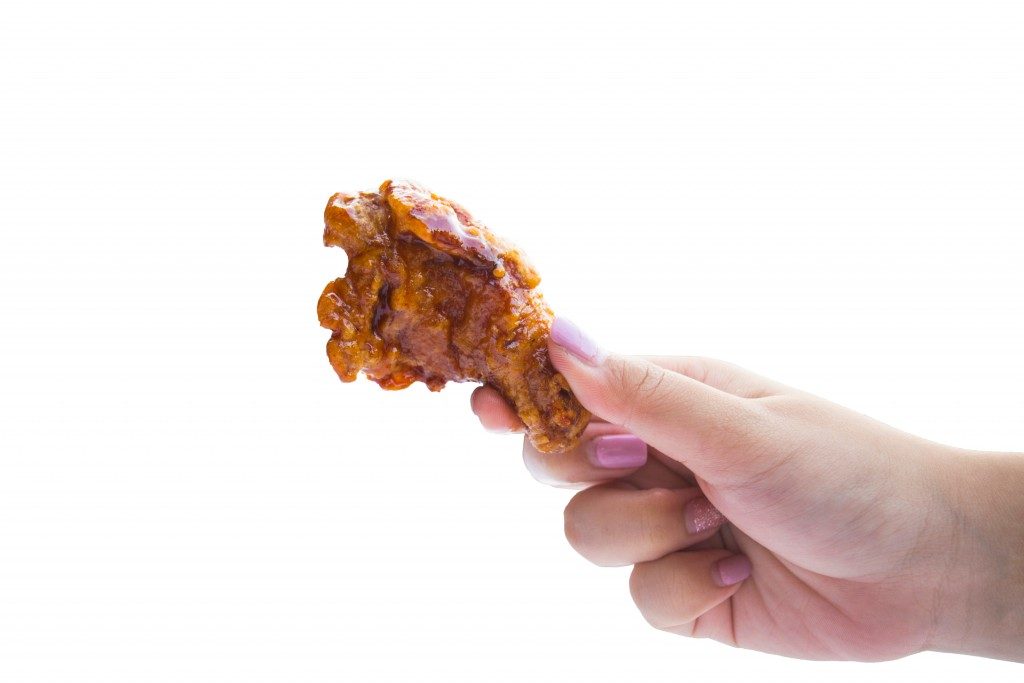
For many Americans, convenience matters—a lot. They’re willing to pay a premium price for it. This partly explains why ready-made meals are getting popular. According to Statista, this segment now has a value of over $65 billion in 2019. Within the next four years, it could achieve an annual growth rate of 2.6%.
If you’re in the manufacturing industry, now is a good time for you to expand. To be competitive and to follow regulations, though, you need to invest in the right equipment. It includes dosing and metering systems.
What Are Dosing and Metering Systems?
Reading C&B equipment reviews will give you a better idea about the systems. In summary, these systems are critical in many industrial operations, from sewage treatment to food manufacturing.
In the production of foods and beverages such as juices, dosing, and metering systems allow you to:
- Move the product such as the liquid from its holding unit into its packaging or container
- Inject only the right amount of product
- Ensure you transfer the product safely and hygienically
For businesses, these features are helpful in many ways. One, you can drastically increase your productivity or efficiency. Imagine how many of these products you can complete or pack in a day. It also drives labor costs down as these pieces of equipment can complement a variety of assembly or production lines.
You can increase the level of safety or hygiene of the products. These pumps can help prevent the buildup of bacteria by leaving no space for them to grow. Moreover, food doesn’t go out of the tube before it moves into its container. It then lessens the contact of your products to the environment where microbes are present.
These types of equipment are small and easy to maintain and clean. Once a product line ends, you can dismantle the system and use it for other types of food or beverage. In turn, you can maximize your investment and avoid increasing your cash outflow.

The Higher Costs of Safety Lapses
Do these metering and dosing pumps cost money? Yes, they do. You, however, are likely to spend even more money when you don’t have them in place. An industry study reported that food companies could lose around $10 million, on average. Some of the most significant cases could mean billions.
An example is Peanut Butter Corporation America. The total direct costs associated with the recall of their salmonella-tainted peanut butter in 2009 reached at least a billion dollars.
Food recalls could also trigger government investigation and penalties. It might also not come cheap. These costs could come from stopping the operations, removing the questionable food products from the market, and the extensive damage to reputation.
It doesn’t come as a surprise that 81% of the study participants categorized such financial risk as significant or catastrophic. One of the ways to reduce the risk is to get insurance, which 78% of the companies did. The proceeds also allowed them to bounce back faster.
You can, however, further reduce the financial risks with the right equipment running in your assembly or plant.

